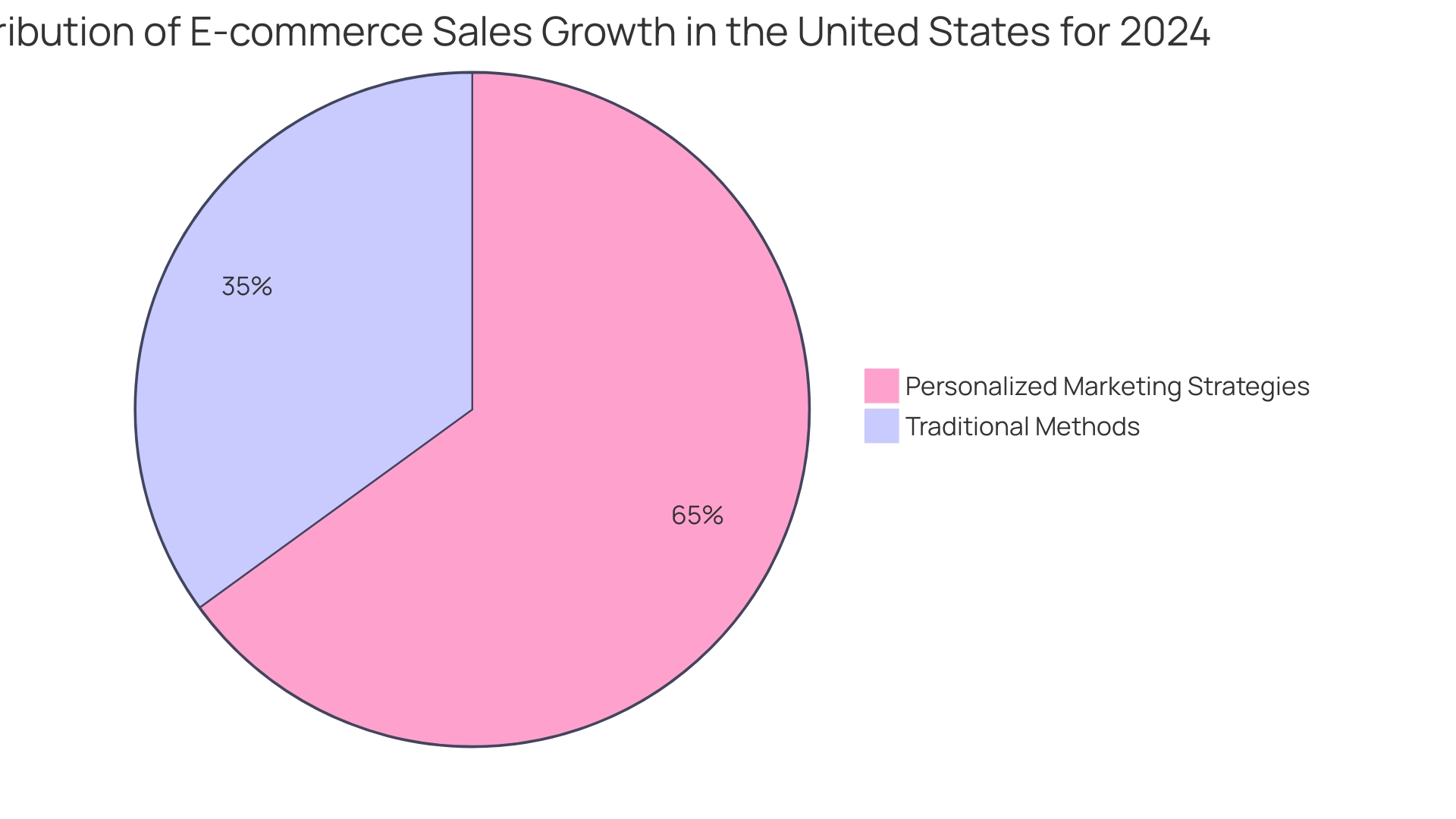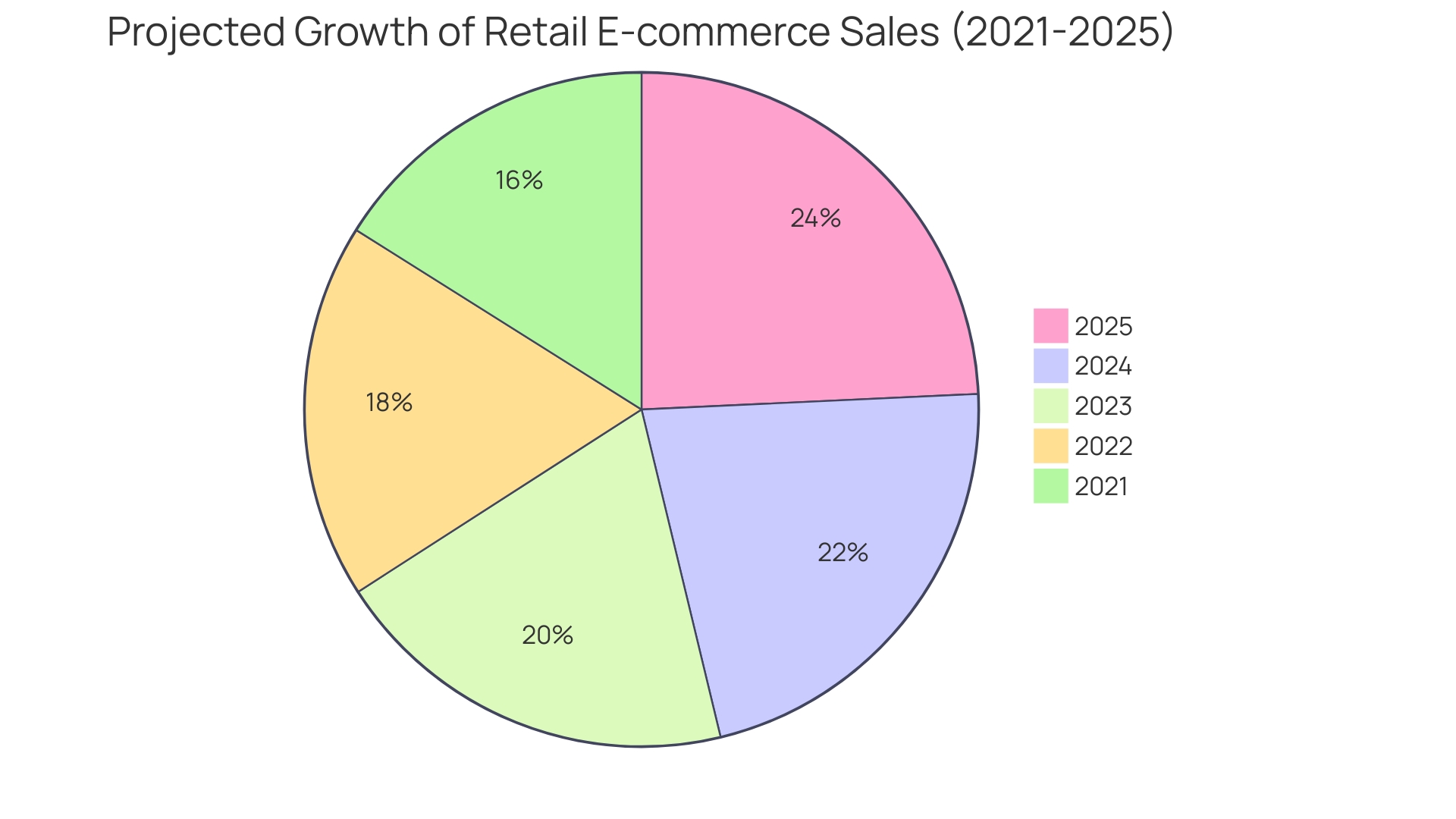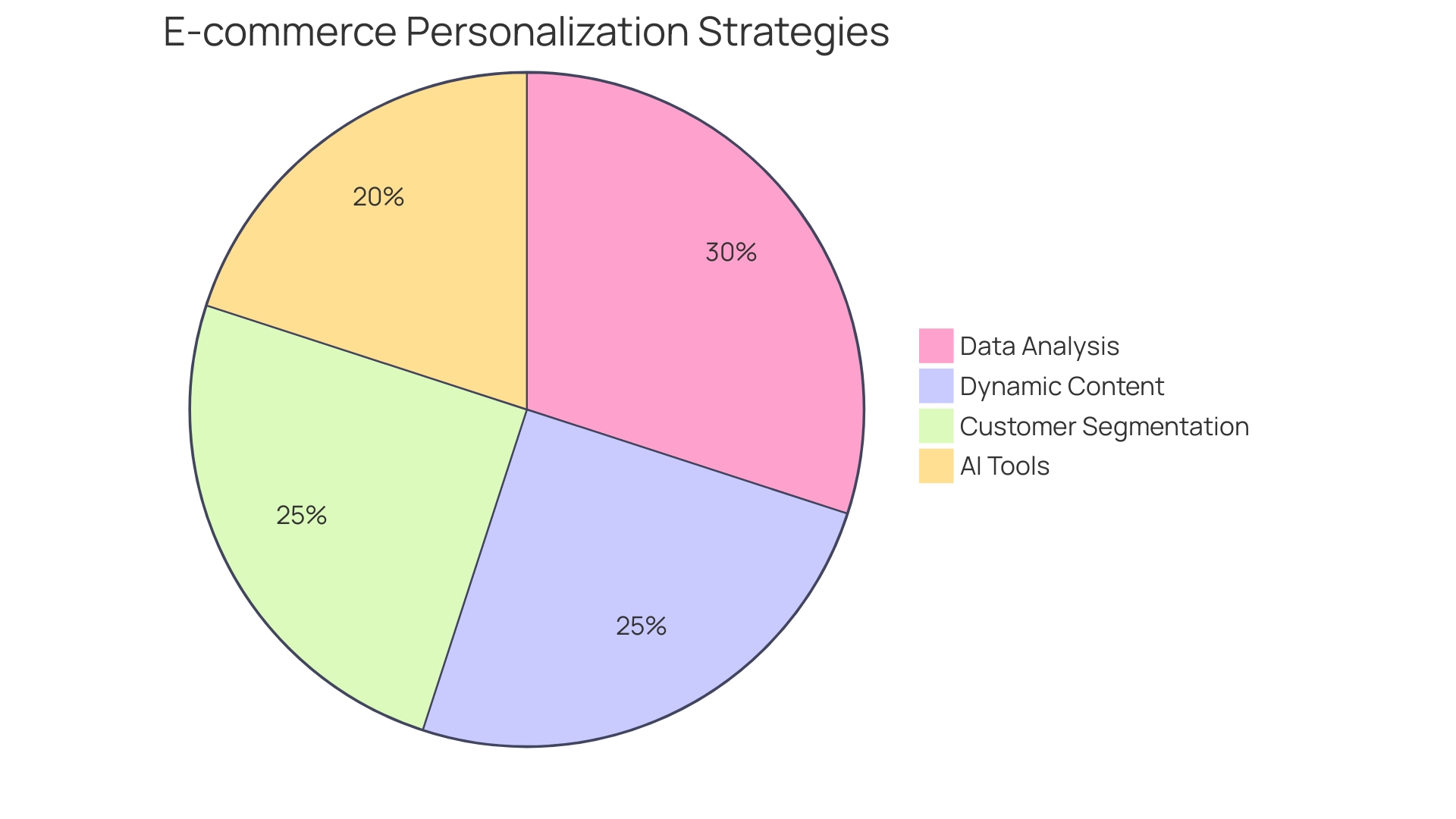Introduction
In an era where consumers are inundated with countless options at their fingertips, standing out in the e-commerce landscape demands more than just a broad selection of products. E-commerce personalization has emerged as a game-changer, offering tailored experiences that cater to individual user preferences and behaviors. By leveraging sophisticated data analytics, businesses can craft bespoke recommendations and marketing messages that resonate on a deeply personal level, creating a shopping experience that feels both unique and intuitive.
This article delves into the intricacies of e-commerce personalization, exploring its benefits, effective strategies, and the challenges that come with implementing a highly personalized approach. Through a comprehensive understanding of these elements, businesses can better navigate the competitive digital marketplace and foster lasting customer loyalty.
What is E-commerce Personalization?
E-commerce personalization involves crafting tailored interactions and suggestions for users according to their distinct behaviors, preferences, and engagements. By utilizing client data, businesses can provide pertinent content, product recommendations, and marketing messages that resonate on an individual level, significantly enhancing the online shopping experience. As emphasized in the Gartner® Report, establishing a genuine bond with clients is essential in today’s crowded digital marketplace. This level of understanding and familiarity can set a business apart, much like a favorite coffee shop remembering your order before you say it.
Data science plays a pivotal role in this process, enabling e-commerce retailers to harness insights from client interactions across multiple touchpoints—from advertisements to product reviews. This treasure trove of information aids retailers in creating detailed consumer profiles and comprehending buying behaviors. For instance, analyzing data from various platforms can reveal which mediums effectively move individuals through the decision-making process and how long it typically takes. Such insights are invaluable for reducing client churn and preventing basket abandonment.
Furthermore, tailoring experiences is not solely focused on making individuals feel valued; it is a strategic necessity. The United States retail e-commerce sales reached $579 billion in the first half of 2024, with projections to hit $1.26 trillion by the end of the year. This growth highlights the significance of tailoring experiences in boosting sales and keeping clients. As John Mercer, Head of Global Research at Data-Driven Research, highlights, tailoring is about speed—rapidly comprehending the client and consistently enhancing their experience based on that insight.
Incorporating personalization strategies can create a competitive moat that is hard to replicate, as seen in the success stories of digital natives who deliver one-to-one, advanced personalization. By focusing on creating a customer-centric culture and leveraging the right technology, businesses can meet the high expectations of today’s consumers and ensure long-term success.

Benefits of E-commerce Personalization
Personalization in e-commerce provides numerous benefits, including enhanced engagement, higher conversion rates, and increased loyalty. By providing customized interactions, businesses can cultivate a sense of connection with their customers, leading to repeat purchases and positive word-of-mouth. Furthermore, tailored suggestions, powered by analytics, can assist users in finding items they might not have encountered otherwise.
As technology and consumer preferences have evolved, user experience (UX) has become vital for staying competitive. Retailers now utilize a wealth of information from multiple touchpoints - from clicks on advertisements to product reviews. 'This information is essential in comprehending buyer personas, purchasing behaviors, and efficient avenues for guiding clients through the decision-making process.'. For instance, the use of browser cookies allows brands to remember user behavior and shopping carts, enabling them to send personalized emails and reminders, which can drive a 10% to 15% revenue lift according to McKinsey research.
Investing in data gathering and analysis tools to gain insights into consumer behavior, preferences, and needs is crucial. This foundation helps create personalized experiences that not only engage customers but also reduce churn and basket abandonment. In 2021, retail e-commerce sales amounted to approximately $4.9 trillion worldwide and are expected to grow by 50% to reach about $7.4 trillion by 2025. This growth highlights the significance of customization as a strategic goal for e-commerce companies looking to succeed in a more crowded marketplace.

Strategies for Effective E-commerce Personalization
Implementing effective e-commerce personalization necessitates a comprehensive strategy. The first step is to gather and analyze customer information, including browsing history, purchase patterns, and demographic details. This data forms the foundation for segmenting your audience and crafting targeted campaigns. For instance, employing browser cookies can help in remembering users' behavior and preferences, which can be utilized to create more personalized email campaigns. According to McKinsey, tailored strategies like these can result in a revenue increase of 10% to 15%.
Dynamic content plays an important part in tailoring interactions, adjusting in real-time to user behavior and ensuring that the individual's journey remains pertinent and captivating. This approach is akin to a favorite coffee shop knowing your order before you even say it, which fosters a sense of familiarity and loyalty. Certainly, a Gartner report emphasizes that tailoring services starts with establishing a client-focused culture, making every interaction and choice aimed at improving the client's journey.
Moreover, AI tools can predict future customer behaviors, such as the estimated next purchase date or the likelihood of a repeat purchase. This predictive capability allows brands to respond proactively, for instance, by sending reminders about abandoned shopping carts or offering discounts to incentivize purchases. With only 27% of businesses currently satisfied with their ability to create tailored experiences, there's a significant opportunity for those willing to invest in advanced customization techniques to stand out in a crowded marketplace.

Challenges and Considerations in E-commerce Personalization
While e-commerce customization can yield significant benefits, it also comes with challenges. 'Privacy concerns and information protection regulations require businesses to handle customer details responsibly.'. Ensuring the precision of the information gathered is vital, as incorrect information can lead to misguided customization efforts. Businesses must strike a balance between personalization and maintaining user privacy to build trust.
Customization can greatly improve the user interaction by adjusting content and promotions to unique tastes, but this necessitates meticulous information handling. 'According to Aberdeen, only 27% of businesses are completely satisfied with their ability to create genuinely tailored customer experiences using information acquired across digital channels.'. This underscores the complexity and challenges faced by e-commerce companies.
Furthermore, the convergence of sensitive personal information, privacy regulations, and marketing practices makes the risks to enterprises greater than ever. For instance, Retail Bank, in collaboration with Nationwide Building Society, decided to use synthetic information instead of real transaction records to test the effectiveness of a new predictive tool. This approach minimized the amount of personal data processed and reduced the risk of client data being accessed inappropriately, while still allowing effective testing.
In today’s digital era, establishing a genuine bond with clients begins with personalization. However, as emphasized by Gartner, it's about establishing a culture focused on the client. Businesses need to navigate the complex terrain of regulatory changes, ensuring they can collect and use sensitive consumer information in compliance with evolving privacy laws. This delicate balance between data utilization and privacy is critical for building and maintaining customer trust.
Conclusion
E-commerce personalization stands as a crucial strategy in today's competitive digital landscape, where consumers expect tailored experiences that align with their preferences and behaviors. By leveraging advanced data analytics, businesses can create bespoke recommendations and marketing messages that resonate on an individual level, fostering deeper connections with customers. The significant growth in retail e-commerce sales underscores the imperative for brands to adopt personalization strategies, as these not only enhance user engagement but also drive conversion rates and customer loyalty.
Implementing effective personalization strategies requires a comprehensive approach that begins with gathering and analyzing customer data. This foundation allows businesses to segment their audience and craft targeted campaigns. Utilizing dynamic content and AI tools can further enhance these efforts by adapting in real-time to user behavior, thereby ensuring a relevant and engaging shopping experience.
However, the journey toward effective personalization is not without its challenges, including privacy concerns and the necessity for accurate data management.
Navigating the complexities of e-commerce personalization necessitates a commitment to creating a customer-centric culture. Businesses must prioritize the responsible handling of customer information while balancing the need for personalization with user privacy. As companies continue to invest in advanced personalization techniques, those willing to embrace this approach will not only stand out in a crowded marketplace but also cultivate lasting customer relationships that drive long-term success.





